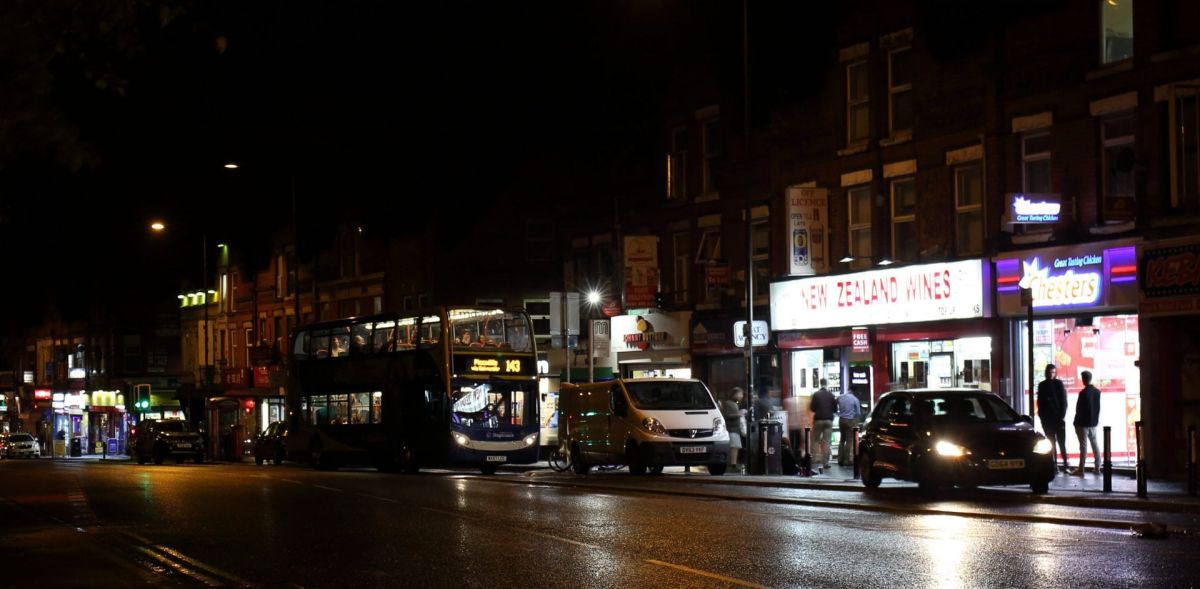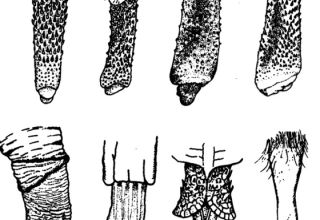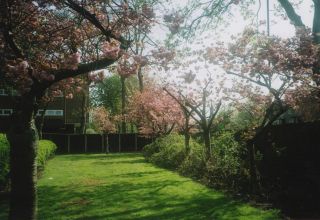Crime in Fallowfield – What is to be done?

Whilst senior officers have declared that they have increased patrols, promising relentlessness in their attempts at alleviating crime in Fallowfield, there remains wide-scale doubt and fear amongst students living in the area.
There are of course schemes in place to offer safety to students, so why is there such unrest amongst them? Greater Manchester Police’s (GMP) introduction of the Student Safe Zones scheme in an effort to protect local students is just one example of this. The scheme is ‘made up of a group of businesses along oxford road and Wilmslow road’ where students can seek refuge from a perceived dangerous situation. GMP describe them as, “a haven for anyone being followed or feeling vulnerable”. It is however, questionable how successful this scheme can be deemed, considering a large handful of students claim to have been unaware of its existence.
Other examples of protective schemes include independent organisations such as Manchester’s Street Angels who assist members of the public in getting home or to somewhere that is safe. Perhaps in part as a result of this, students such as Theo Leadbeater report feeling safer at night in the city centre than in Fallowfield where they feel uneasy. “Although an effort has been made to provide service to support people in the centre and back at halls late at night, sometimes I think that not enough is done to address the muggings and burglaries that occur.”
This raises an interesting point as there is an apparent dramatic downward shift in feelings of safety after first year. Second year Milly Whetton stated that “In first year once I got back to halls I felt safe because the campus had so many security guards but now when I go home I have my keys in one hand and my phone in the other”. Many students living in Fallowfield, particularly second, third and fourth years report often feeling very vulnerable at night and feel that police are misdirecting resources and forgetting the students who aren’t in halls.
So what can be done and where should resources be going? With 2017 Police crime statistics showing that last year, only 5% of 1860 Fallowfield crimes reported were solved. The most common crimes committed in Fallowfield are of violent and/or sexual natures. The scarcity of criminals being brought to justice for sexual crimes is worrying for Manchester as it suggests victims may be too disheartened by this low rate to report crimes in the future and the perpetrators may remain free and unpunished. One student argued that “If there were more police or security patrolling roads with high crime rates instead of all resources concentrated around halls, I would feel much safer. I don’t think most students feel safe all of the time”. This certainly seems to be the case upon glance at the Fallowfield Student Group Facebook page where everyday features another warning to ‘lock your windows’ or avoid a certain road.
So whilst the schemes that stand to protect students living in Fallowfield are undoubtedly of great comfort, and the safe zones are a big step forward, police intervention to ensure that safety is not yet being entirely felt. Many students are waiting for the ‘relentless’ protection in areas other than Owens Park.







